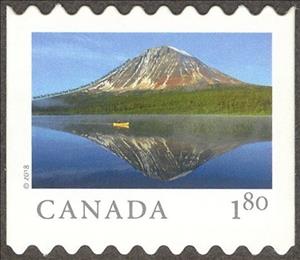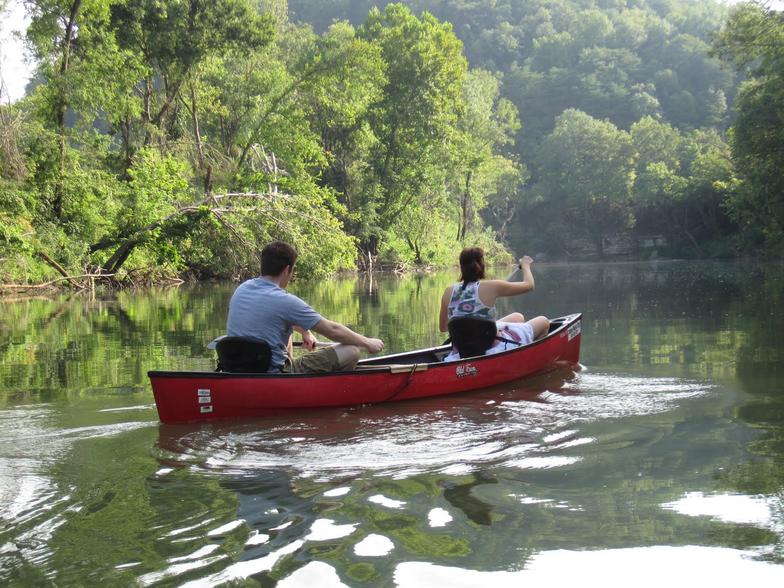Stamp: Naats'ihch'oh National Park Reserve (NT) (Canada 2018)
Naats'ihch'oh National Park Reserve (NT) (Canada 2018)
15 January (Canada ) within release From Far And Wide (Series I 2018) goes into circulation Stamp Naats'ihch'oh National Park Reserve (NT) face value 1.80 Canadian dollar
| Stamp Naats'ihch'oh National Park Reserve (NT) in catalogues | |
|---|---|
| Stamp Number: | Sn: CA 3077i |
Stamp is horizontal format.
Stamp from booklet pane of 6 Sn 3077a (BK692). Die cut to shape from Quarterly Pack. Rounded tips, with 2 'nibs' along top and bottom always in same place. This stamp has 11 teeth horizontally, starting with a Valley at upper left. With repeating 'Canada' underprint. Perforation serpentine Die cut 9.2 horizontal. General Tagging along all edges of stamp (GT4). Original release date was 2018-01-15 but issue delayed due to printing errors. It was mentioned that the "From Far and Wide" stamps were available for sale about two weeks after the date of issue. Several post offices have preferred selling the high value series "Baby Wildife coils" before.Also in the issue From Far And Wide (Series I 2018):
- Stamp - Arctic Bay (NU) face value 2.50;
- Stamp - Arctic Bay (NU) face value 2.50;
- Stamp - Naats'ihch'oh National Park Reserve (NT) face value 1.80;
- Stamp - Naats'ihch'oh National Park Reserve (NT) face value 1.80;
- Stamp - Point Pelee National Park (ON) face value 1.20;
- Stamp - Point Pelee National Park (ON) face value 1.20;
- Booklet - From Far And Wide Booklet face value 30*P;
Stamp Naats'ihch'oh National Park Reserve (NT) it reflects the thematic directions:
Canoeing is an activity which involves paddling a canoe with a single-bladed paddle. Common meanings of the term are limited to when the canoeing is the central purpose of the activity. Broader meanings include when it is combined with other activities such as canoe camping, or where canoeing is merely a transportation method used to accomplish other activities. Most present-day canoeing is done as or as a part of a sport or recreational activity. In some parts of Europe canoeing refers to both canoeing and kayaking, with a canoe being called an open canoe.
A landscape is the visible features of an area of land, its landforms and how they integrate with natural or man-made features. A landscape includes the physical elements of geophysically defined landforms such as (ice-capped) mountains, hills, water bodies such as rivers, lakes, ponds and the sea, living elements of land cover including indigenous vegetation, human elements including different forms of land use, buildings and structures, and transitory elements such as lighting and weather conditions. Combining both their physical origins and the cultural overlay of human presence, often created over millennia, landscapes reflect a living synthesis of people and place that is vital to local and national identity. The character of a landscape helps define the self-image of the people who inhabit it and a sense of place that differentiates one region from other regions. It is the dynamic backdrop to people’s lives. Landscape can be as varied as farmland, a landscape park, or wilderness. The earth has a vast range of landscapes, including the icy landscapes of polar regions, mountainous landscapes, vast arid desert landscapes, islands and coastal landscapes, densely forested or wooded landscapes including past boreal forests and tropical rainforests, and agricultural landscapes of temperate and tropical regions.


